By 1860 the plantations on the Waccamaw Neck were producing more than 14 million pounds of rice a year, making the rice planters rich and politically influential.
An average Georgetown County rice plantation was valued at $49,000 and yielded nearly 500,000 pounds of rice.
Fearful of malaria, many planters and their families spent little time on their plantations along the rivers and swamps. They owned elaborate homes in Charleston, sent their children to elite schools and dominated the economic, social and political life of the city and the state.
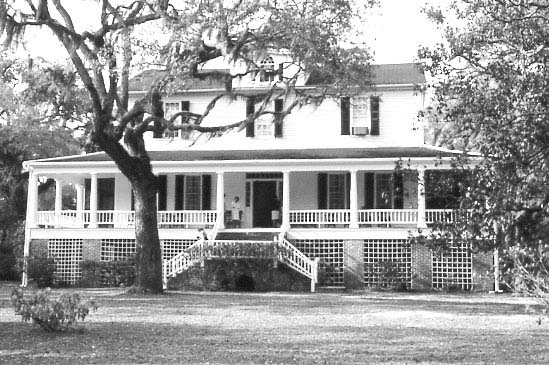

Robert Francis Withers Allston, pictured here, owned a number of plantations on the Pee Dee River in addition to Chicora Wood, as well as parts of Hobcaw Barony. In 1860 his enslaved labor force numbered 630 and his network of plantations produced 1,500,000 pounds of rice.
Educated at West Point, Allston served in the South Carolina state legislature for 24 years and was governor from 1856 to 1858.
He and fellow Waccamaw Neck rice planters John I. Middleton, and Plowden C.J. Weston, were among the state's leading radical secessionists. The six Georgetown District delegates to the Secession Convention in December, 1860, all rice planters, voted unanimously for secession.
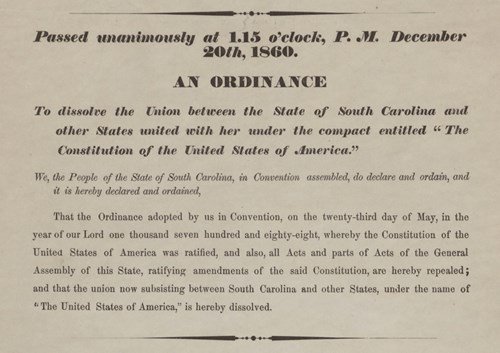
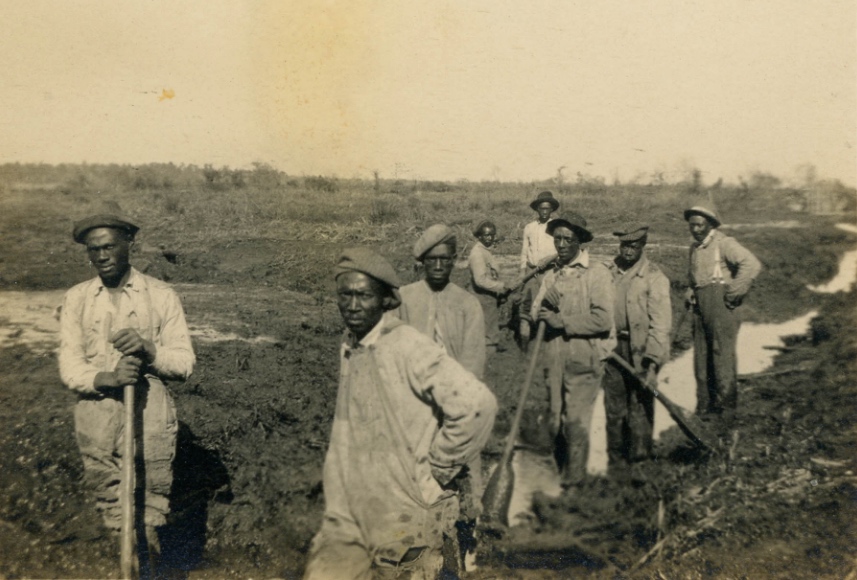
The rice kingdom carried a weight in American history seldom suspected outside South Carolina and Georgia. Here were concentrated many of the richest planters in the United States. Their perceived interests substantially shaped the policy of South Carolina...As late as 1860, twelve of the perhaps seventeen largest slave masters in the United States were rice planters.
William Dusinberre, Them Dark Days: Slavery in the American Rice Swamps
By the end of the Civil War, the Rice Kingdom was doomed.
The loss of slave labor, coupled with destruction of property, changes in the marketplace, and severe damage from a series of powerful hurricanes, led to almost complete abandonment of rice agriculture in the South Carolina Lowcountry.
In 1865 a correspondent for The Nation pronounced, “The South Carolina aristocracy is destroyed.”
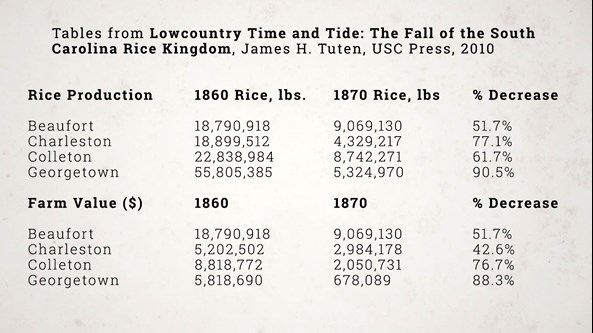
On Hobcaw Barony, rice production continued, though greatly diminished, into the twentieth century.
The heirs of William Algernon Alston sold portions of their Hobcaw land to Robert and Eliza Donaldson in 1875, and the Donaldsons attempted to bring back rice cultivation. They hired freedmen who were still living on the property, and ran a rice mill at Barnyard Village until it burned in 1902, putting an end to their efforts. The rice mill is pictured below in a photograph taken sometime before 1875.
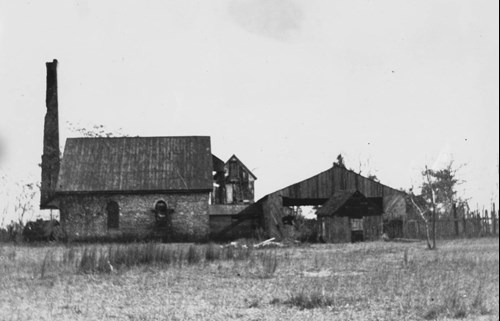
By 1911 all rice production on the Waccamaw Neck had ceased, but its imprint on the landscape remained.
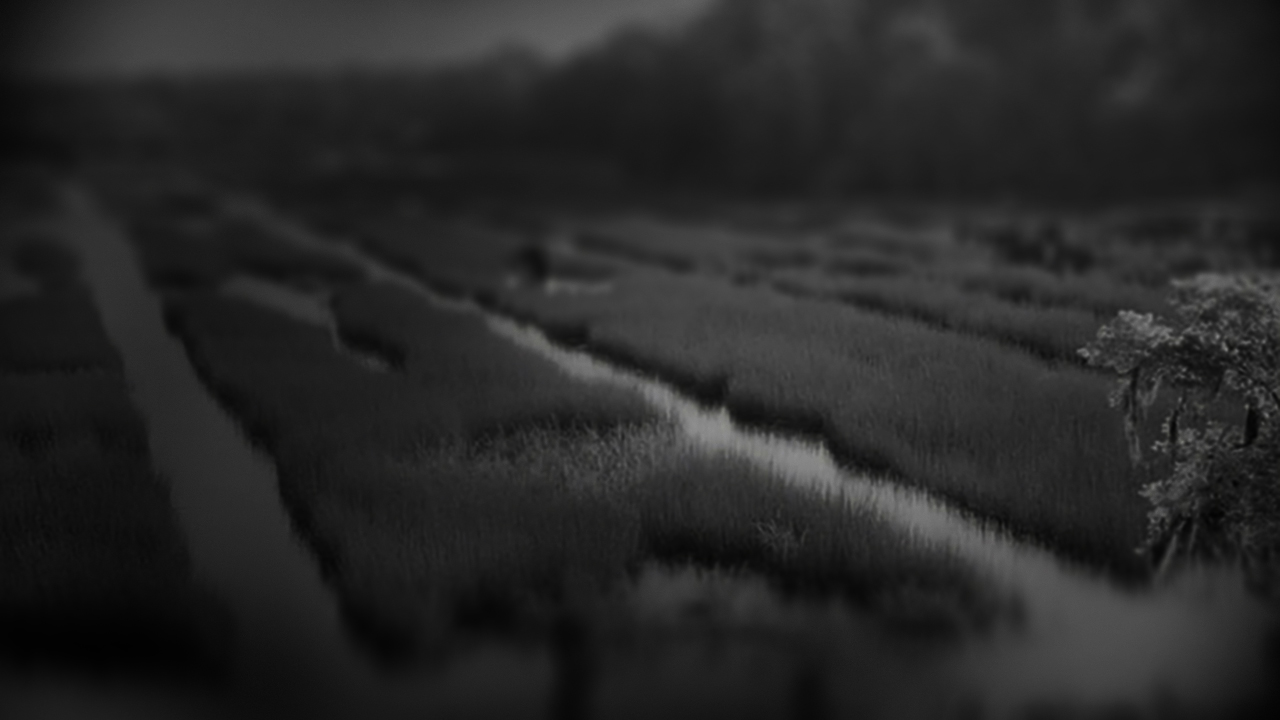
In a little over a century, 150,000 acres of swampland were cleared and made into rice fields, eliminating an entire ecosystem of cypress gum tidal swamp along the freshwater rivers of the Lowcountry.
Human activity had a profound impact on the ecology of these river systems, but today the rice fields, abandoned for over a century, are slowly reverting to swamp forest.
